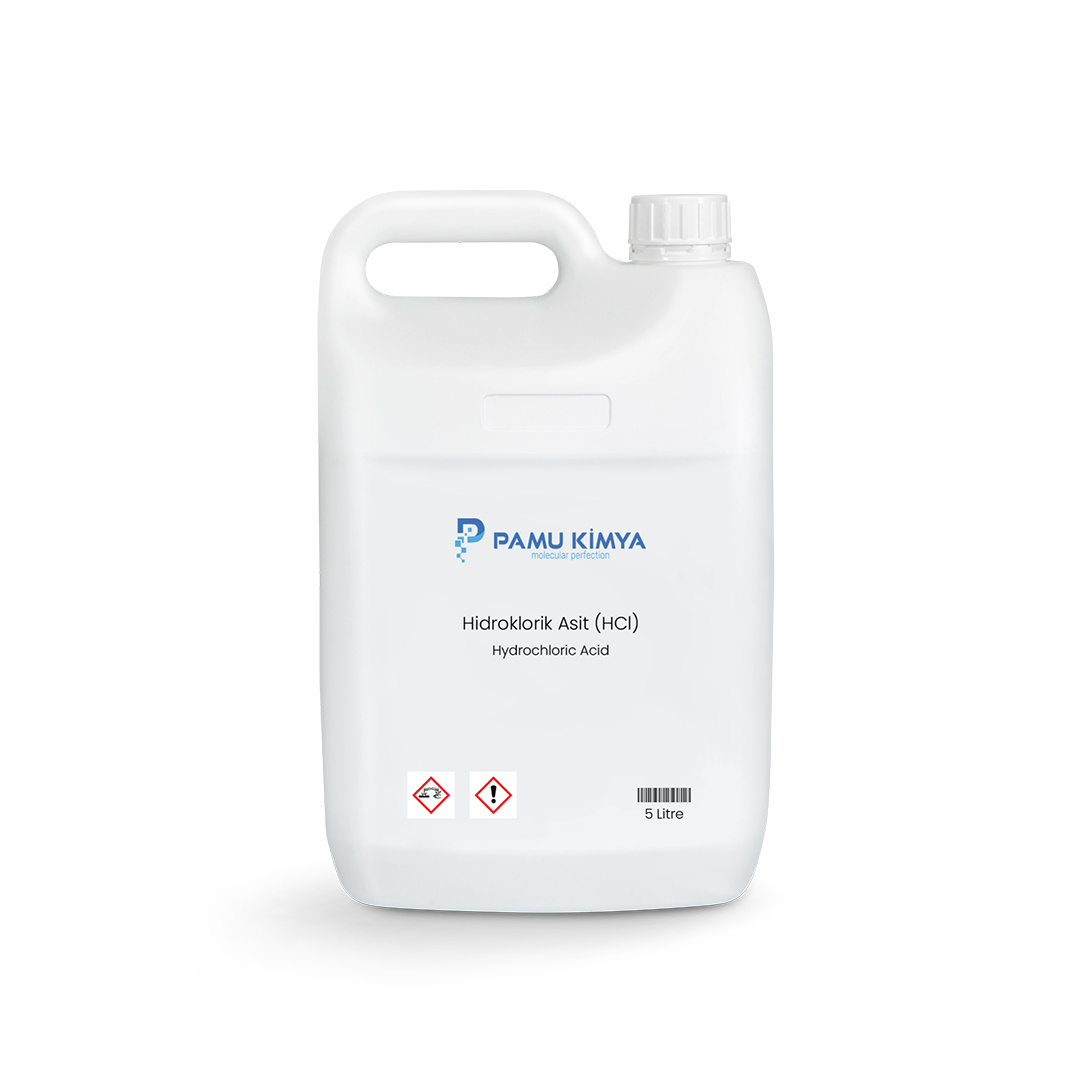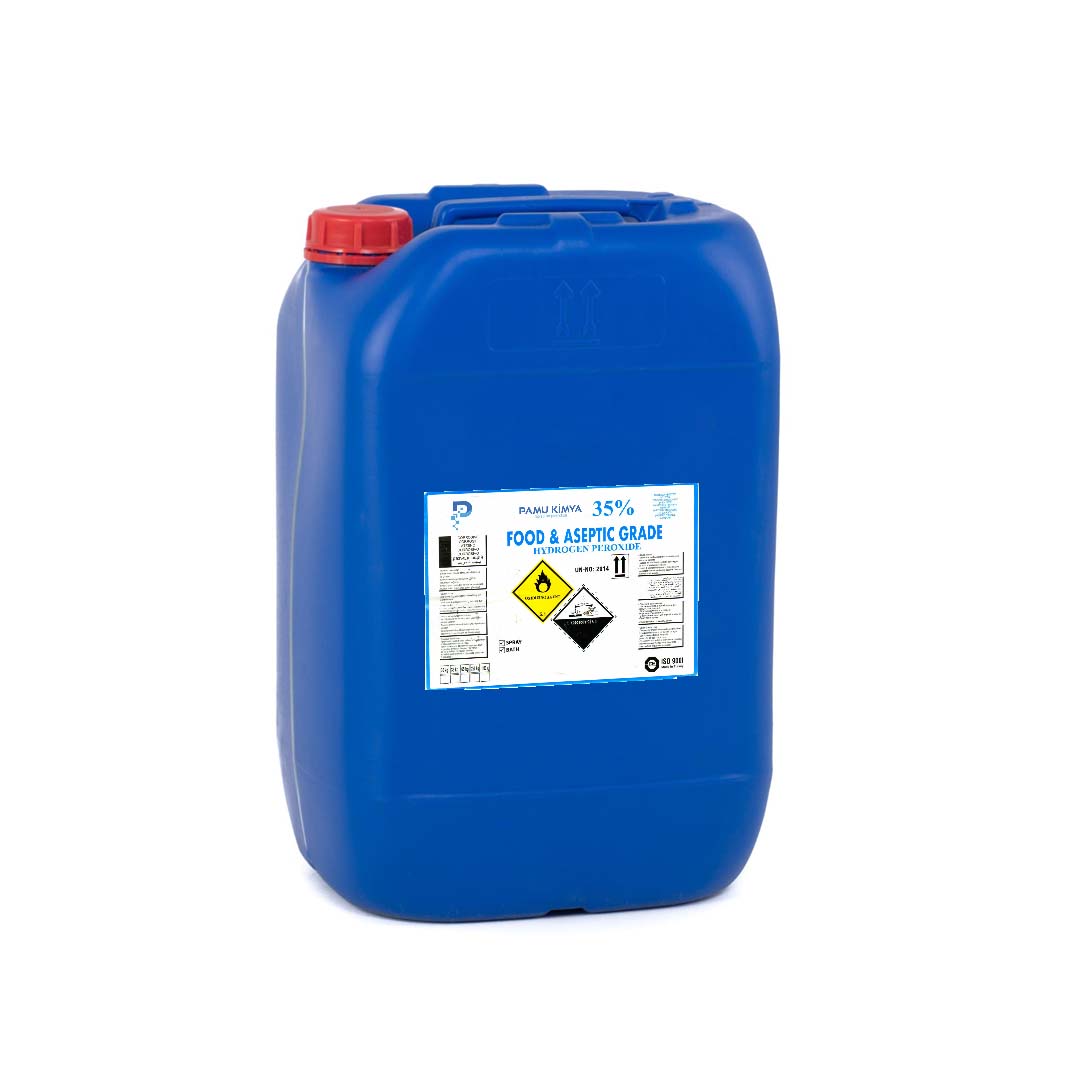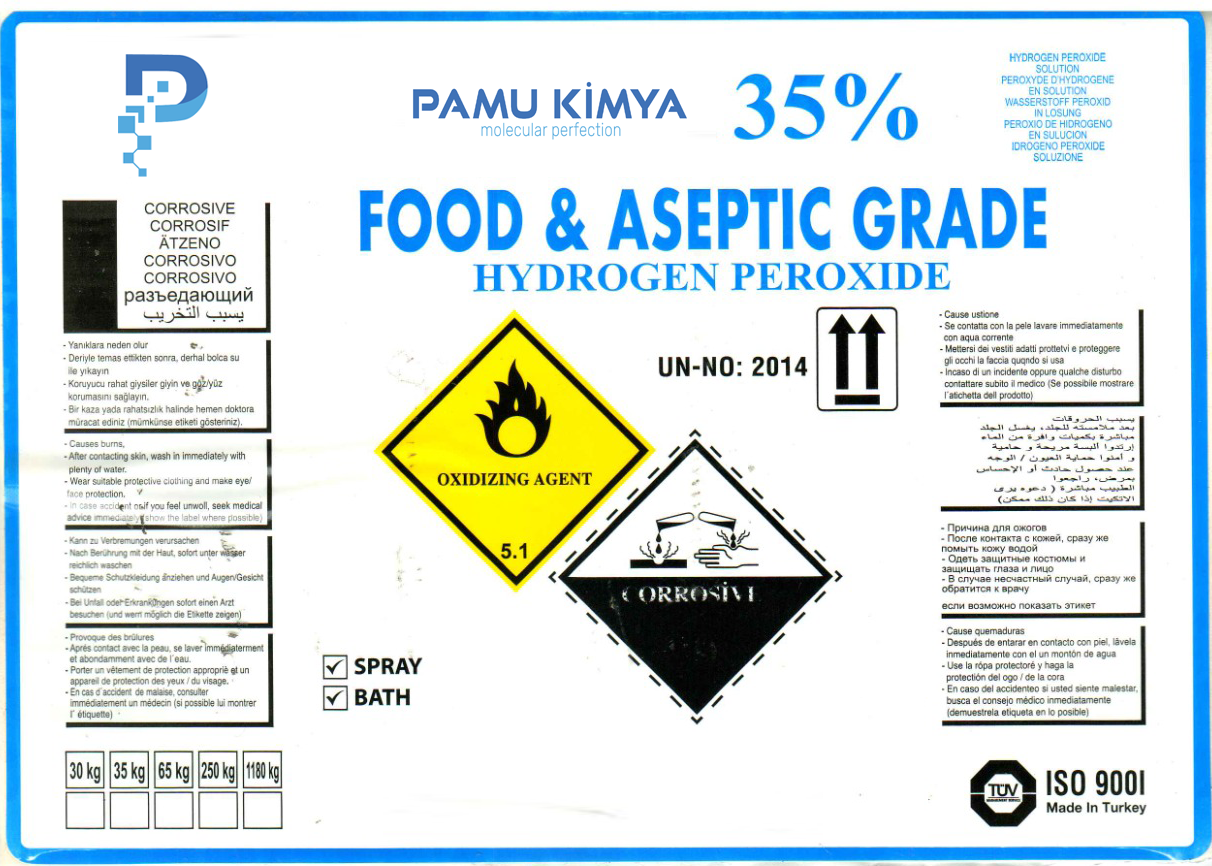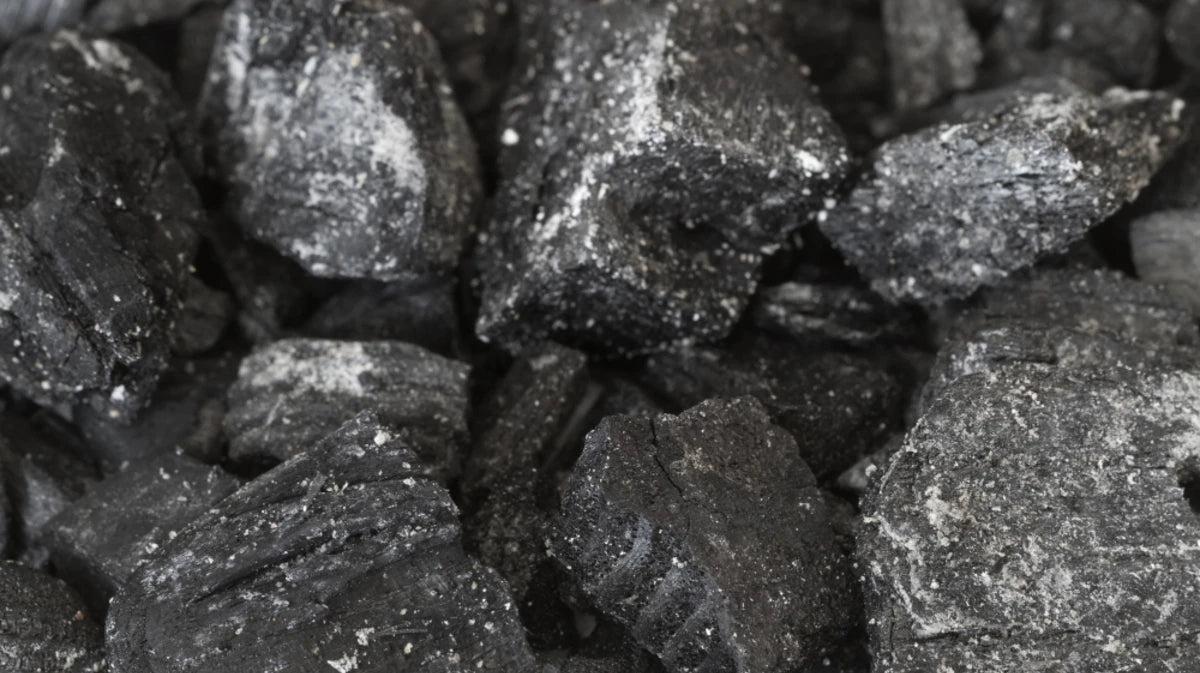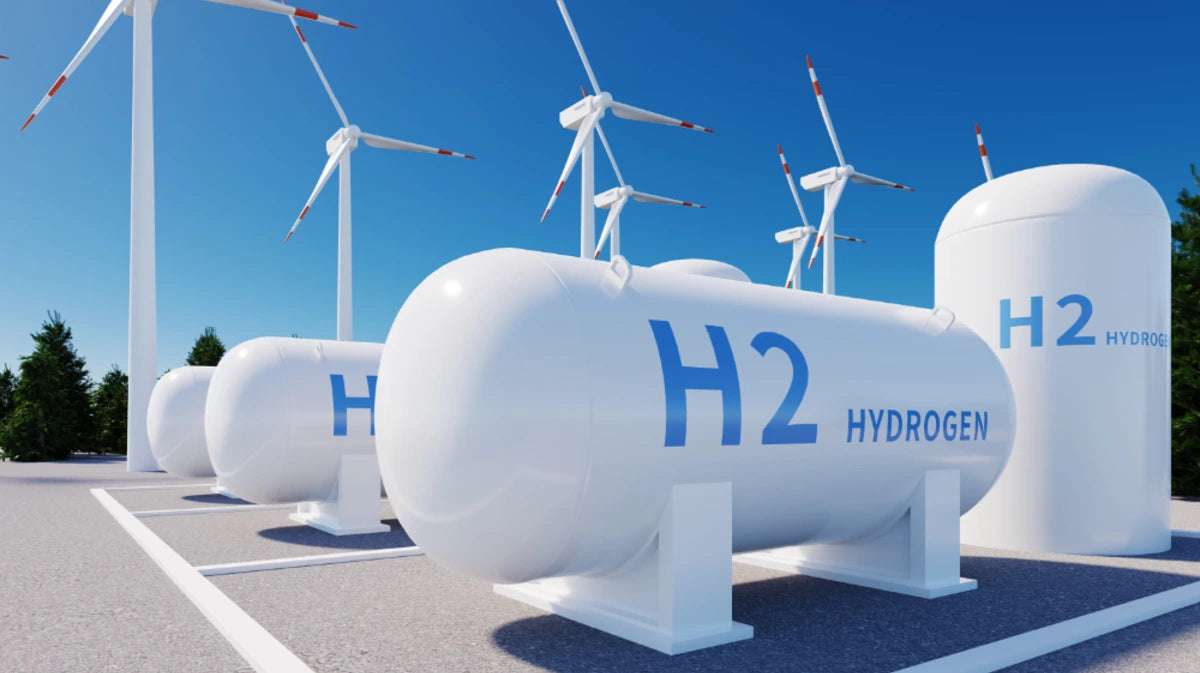
Oxygen
Oxygen (O) is an essential part of life through its role in chemical and biological systems. This element, in the 8th row of the periodic table, is a colorless, odorless and tasteless gas and is one of the most abundant elements in the atmosphere. Oxygen is critical in both natural processes and industrial applications. It also forms the basis of organic compounds, energy production and the sustainability of life.
In this article, we will take a comprehensive look at oxygen, from its chemical properties to its biological importance, from its industrial uses to its environmental effects.
Chemical Properties of Oxygen
Oxygen is an element in Group 8 of the periodic table with eight protons, eight electrons, and eight neutrons. Its electron configuration shapes oxygen's chemical properties. Because oxygen has two valence electrons, it often forms strong bonds with other elements to form molecules.
Molecular Forms of Oxygen:
Oxygen is usually found in the atmosphere in the form of O₂ (diatomic oxygen). The O₂ molecule, which is formed by the combination of these two oxygen atoms, is very important for the maintenance of life. In this molecule, the oxygen atoms are joined by a strong covalent bond between the two atoms.
Apart from this, oxygen is found in various chemical compounds in different oxidation states. Other important forms of oxygen are:
- Ozone (O₃): Ozone is a molecule formed by the combination of three oxygen atoms. Found in the high atmosphere (stratosphere), ozone protects the Earth's surface by absorbing the sun's harmful ultraviolet rays.
- Carbon dioxide (CO₂): Oxygen combines with carbon to form carbon dioxide gas. This gas is taken in by plants through photosynthesis.
Oxygen and Its Biological Importance
Oxygen is necessary for all aerobic (oxygen-powered) organisms to survive. All oxygen-powered organisms, including humans, animals, plants and microorganisms, take in oxygen and produce energy through respiration.
The Role of Oxygen in Respiration
Oxygen is a key ingredient in cellular respiration. Cellular respiration is a biochemical process by which organisms break down food using oxygen to produce energy. Humans and other animals take in oxygen from their lungs and carry it to their cells through the blood.
The role of oxygen in cellular respiration is particularly related to the production of ATP (adenosine triphosphate). ATP is the energy source of cells and in aerobic respiration, large amounts of ATP are produced during the oxidation of organic molecules such as glucose. This process takes place in the mitochondria and converts oxygen into water as the end product.
Photosynthesis and Oxygen:
Plants take carbon dioxide from the atmosphere through photosynthesis and convert it into oxygen and glucose using sunlight. Photosynthesis is a critical process for life because it produces most of the oxygen in the atmosphere. In addition, the glucose produced during photosynthesis is a source of energy for plants.
Oxygen directly feeds oxygen levels on our planet through photosynthesis, so forests, oceans, and other green spaces are essential for oxygen production.
Industrial Uses of Oxygen
Oxygen is used not only in biological processes but also in many industrial applications. The uses of oxygen in this area have expanded with technological developments and have become a basic component of many industries.
1. Steel and Metal Production:
Oxygen is widely used in the steelmaking and metalworking industries. The use of oxygen in the processes of metal melting and separation of oxidized elements provides more efficient and faster production. In particular, oxygen-enhanced furnaces provide energy savings in metal production.
2. Medical Oxygen:
Oxygen is used in the medical field to meet the respiratory needs of patients. Patients with respiratory difficulties can receive oxygen therapy. Oxygen also plays an important role in anesthesia procedures used in surgical interventions.
3. Oxygen Fuel and Combustion:
Oxygen is a critical component in combustion reactions. In industrial processes, especially those requiring high temperatures, efficient combustion is achieved by using pure oxygen. This makes a significant contribution to energy production and some chemical processes.
4. Water Treatment and Environmental Management:
Oxygen is used in water treatment plants. Oxygenated water enables microorganisms to decompose organic matter more quickly. This facilitates the treatment of wastewater and the reduction of environmental pollution.
Oxygen and Its Environmental Effects
The environmental effects of oxygen are largely directly related to biological and atmospheric cycles. Oxygen can have positive effects on the environment, but in some cases it can also have harmful effects.
1. Ozone Layer and Protection:
Ozone (O₃) found in the upper atmosphere protects ecosystems by blocking the sun's ultraviolet (UV) rays from reaching the Earth. The thinning of the ozone layer can lead to increased sun exposure, which can lead to increased skin cancer and other health problems. Therefore, protecting the ozone layer depends on increasing environmental awareness.
2. Water Pollution and Oxygen Consumption:
In aquatic ecosystems, excess nutrients (especially nitrogen and phosphorus) mixed into the water can cause the oxygen levels of the water to decrease. This can cause the water to become anoxic (an oxygen-free environment) and cause the death of aquatic organisms. This disrupts the balance of aquatic ecosystems and leads to environmental pollution.
3. Carbon and Oxygen Cycle:
The increase and decrease of oxygen in the atmosphere is linked to the carbon cycle. Burning fossil fuels increases carbon dioxide (CO₂) levels in the atmosphere, which can affect the balance of oxygen. These processes have long-term effects on global warming and climate change.
Conclusion
Oxygen is the basic building block of life and a universal element. It plays a critical role in both biological systems and industrial applications. Oxygen is vital for both the production of energy by living things and the maintenance of environmental balance. However, excessive use of oxygen or its environmental effects that may lead to imbalances require a sustainable environmental understanding for humanity. The correct use of oxygen ensures the continuity of nature and life.



